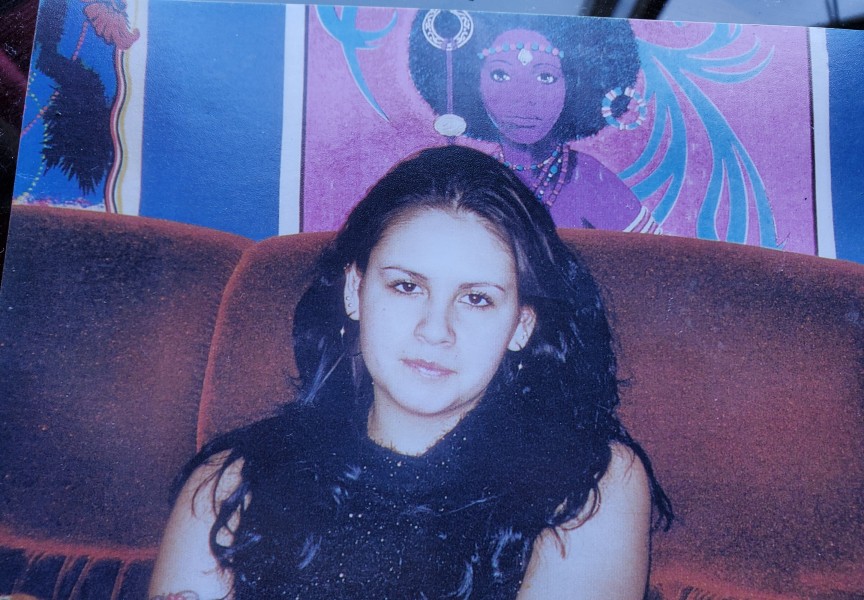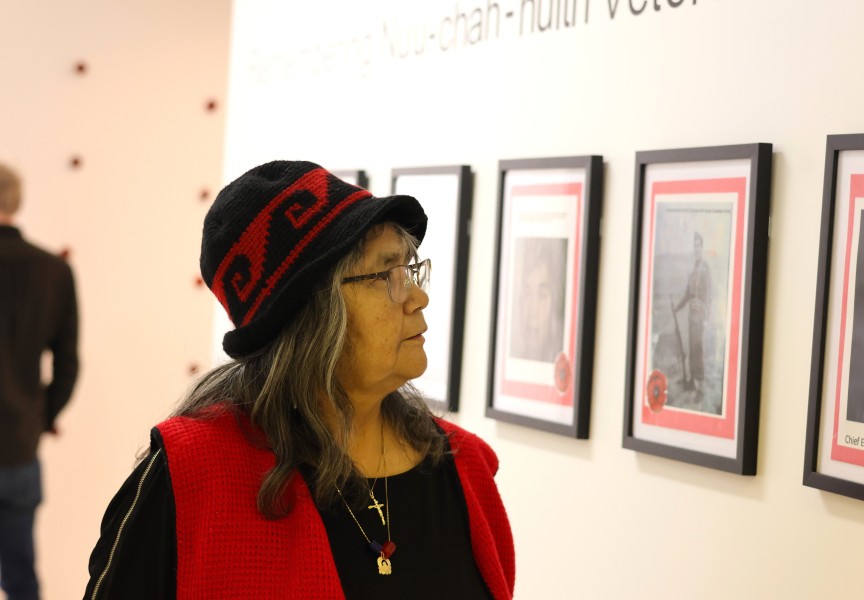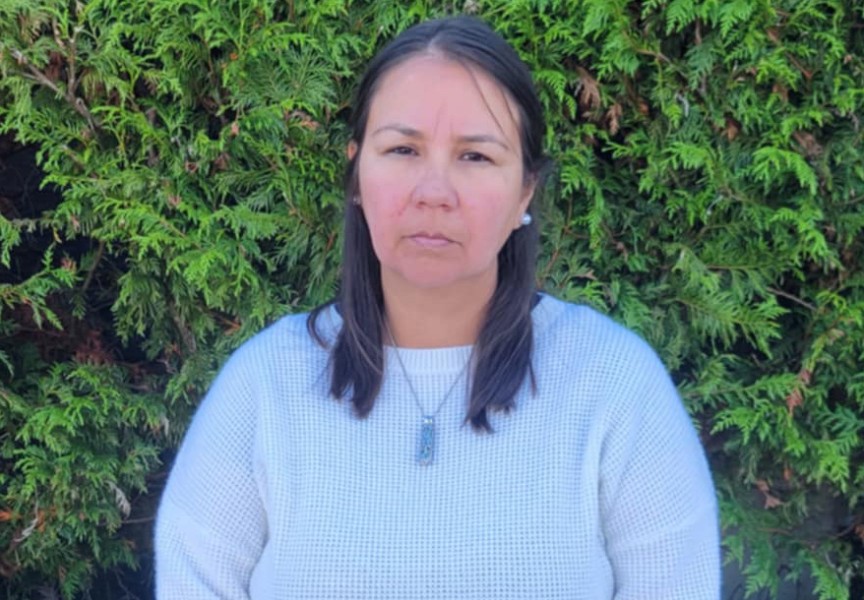In honour of this year’s Red Dress Day on May 5, sisters Nora Martin and Grace Frank are planning to hang three red dresses within Tla-o-qui-aht’s traditional territory.
“We want people to know that our family and relatives are still missing,” said Martin.
The national day of awareness aims to recognize and shed light on the increasingly high numbers of missing and murdered Indigenous women and girls in Canada.
According to the Assembly of First Nations, a national advocacy organization representing First Nation citizens in Canada, Indigenous women make up 16 per cent of all female homicide victims and 11 per cent of missing females, despite Indigenous people accounting for just 4.3 per cent of Canada’s population.
Indigenous women are also roughly seven times more likely than non-Indigenous women to be murdered by serial killers, said the 2017 National Inquiry into Missing and Murdered Indigenous Women and Girls.
The annual day of recognition was initiated in 2011 by Métis artist Jamie Black, who hung red dresses at the University of Winnipeg as an art instillation. Black’s REDress Project has since rippled throughout communities across the country.
Within many nations, red is thought to be the only colour that spirits can see. By wearing red, it’s hoped the missing spirits of Indigenous women and girls will be called back and laid to rest.
Each dress that Martin and Frank plan to hang will represent a different woman from Tla-o-qui-aht who has gone missing or been murdered.
One will memorialize Chantel Moore, Frank’s granddaughter, who was fatally shot in her New Brunswick apartment during a wellness check by an Edmundston police officer on June 4, 2020.
“To keep her name alive,” said Frank.
Another will hang for Lisa Marie Young, who went missing from Nanaimo on June 30, 2002.
“She’s been missing since 2002 and there are no leads on who abducted her or what happened to her,” said Martin.
And a final dress will be hung in remembrance of Edith Margaret Claver, who went missing in 2009.
In preparation for the Red Dress Day and the one-year anniversary of Moore’s death, Frank has also been hard at work making red and black beaded earrings.
Like the dresses, they will serve as another way to keep her nation’s missing and murdered visible.
“There's been a lot of First Nations men and women that have gone missing,” said Martin. “And there's nothing being done about it.”













